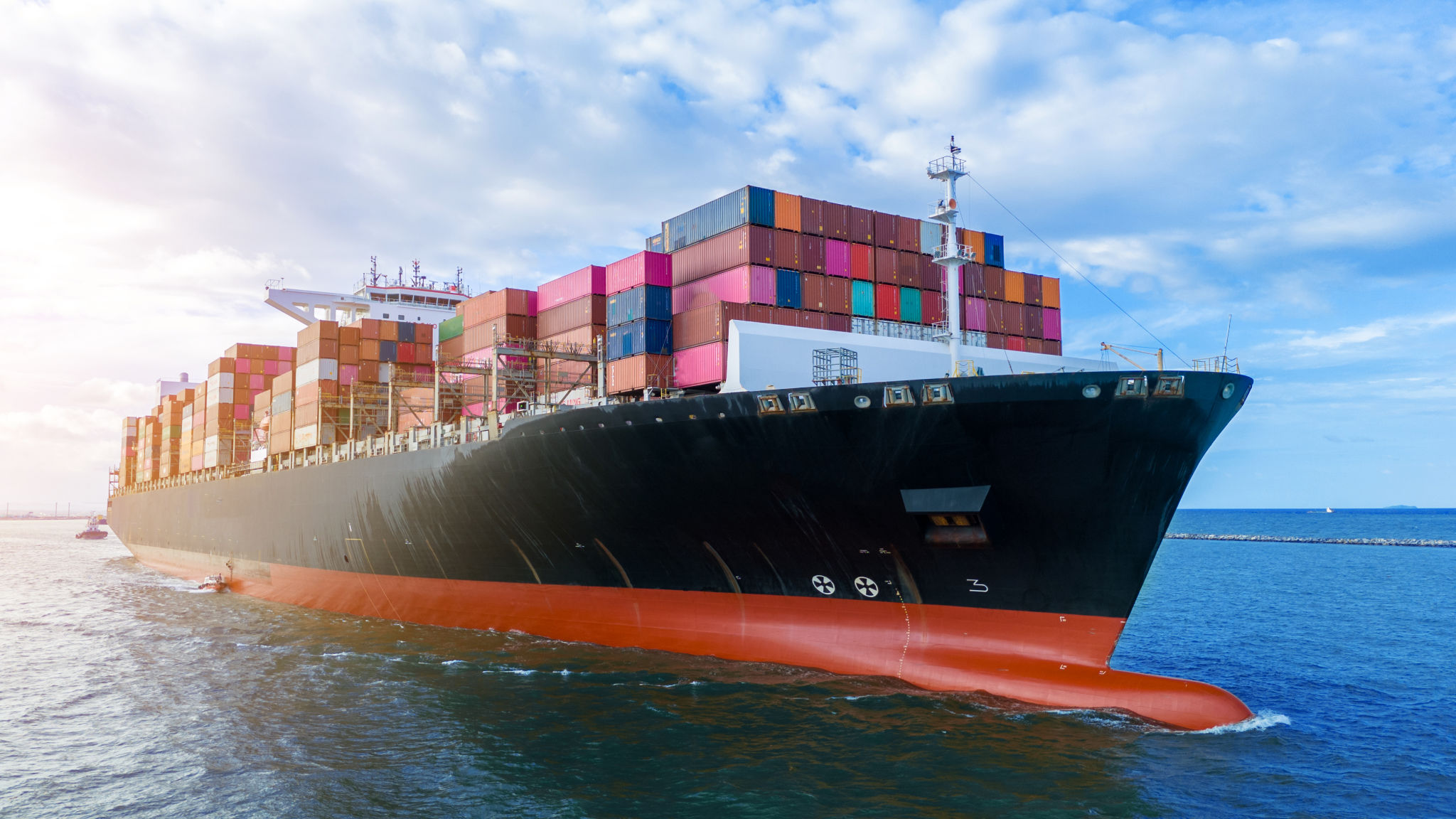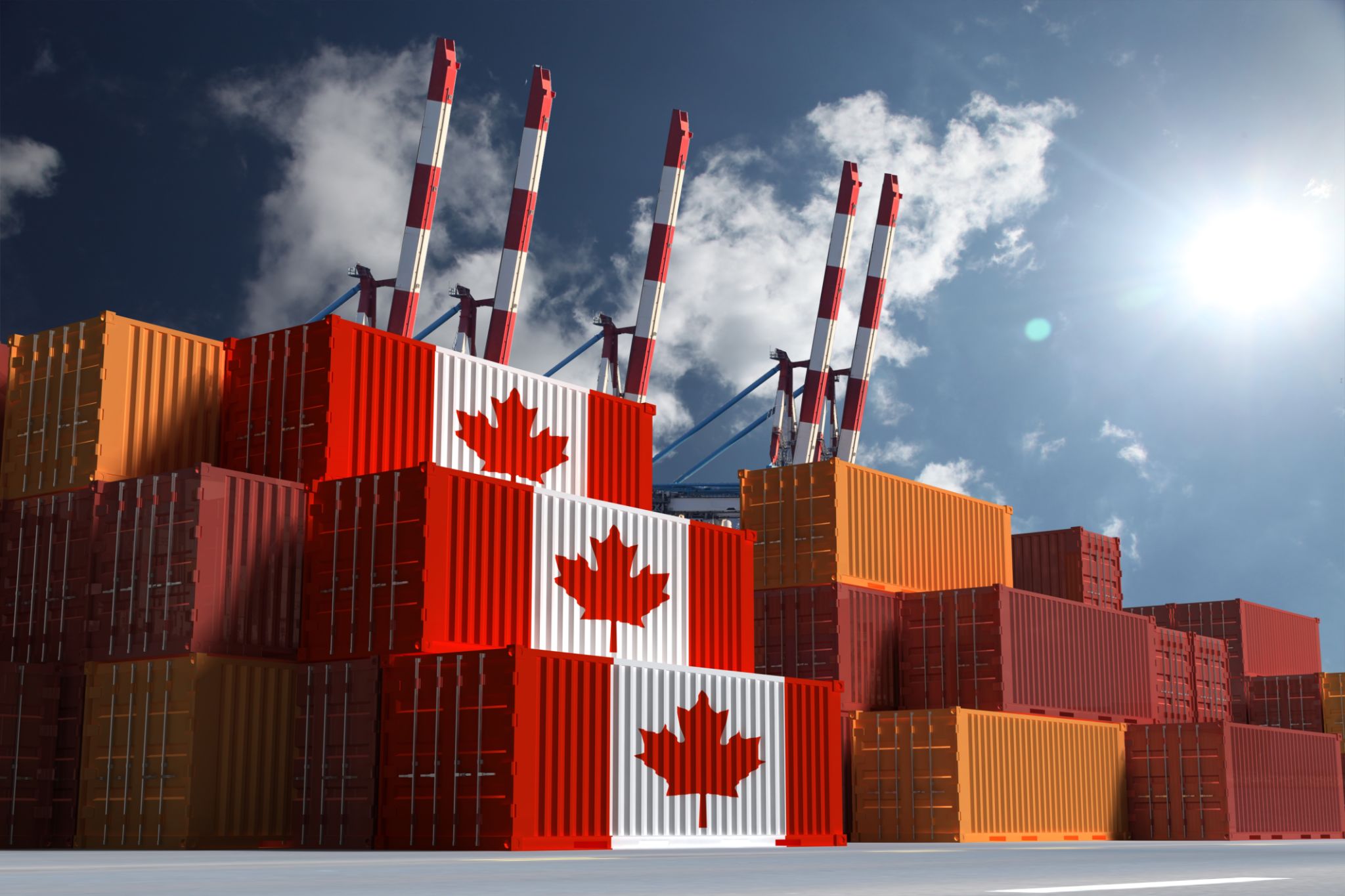Understanding Container Shipping Regulations for Peruvian Exports
Introduction to Container Shipping Regulations
For Peruvian exporters, understanding container shipping regulations is crucial in ensuring smooth and efficient trade operations. The regulations are designed to maintain the safety and security of goods while ensuring compliance with international standards. As Peru continues to expand its export market, it is vital for businesses to stay informed about these regulations to avoid potential pitfalls.
Key Regulatory Bodies
Several key organizations govern container shipping regulations that Peruvian exporters must adhere to. Among them are the International Maritime Organization (IMO), which sets global standards for shipping safety and environmental performance. Additionally, national bodies like SUNAT (Superintendencia Nacional de Aduanas y de Administración Tributaria) oversee customs and taxation processes in Peru, ensuring compliance with international trade agreements.

Understanding Customs Documentation
A critical aspect of container shipping is the accurate completion of customs documentation. This includes the Bill of Lading, Commercial Invoice, and Packing List. Each document serves a specific purpose and provides vital information about the shipment. Ensuring these documents are correct can help prevent delays and additional costs at ports.
Compliance with International Standards
Peruvian exporters must also comply with international standards such as the International Convention for Safe Containers (CSC). This convention ensures that containers used in international transport are safe and secure. Regular inspections and maintenance of containers are required to meet CSC standards, helping to prevent accidents and damage during transit.

Packaging and Labeling Requirements
Proper packaging and labeling are essential components of container shipping regulations. Goods must be packaged securely to withstand the journey, which may involve rough handling or exposure to environmental elements. Additionally, labeling must be clear and include information such as the destination, handling instructions, and any hazardous materials present.
Hazardous Materials Regulations
If exporting hazardous materials, Peruvian businesses must adhere to the International Maritime Dangerous Goods (IMDG) Code. This code sets out detailed regulations for the safe transport of dangerous goods by sea, including packaging, labeling, and documentation requirements.

Role of Freight Forwarders
Freight forwarders play a pivotal role in navigating container shipping regulations. These professionals have extensive knowledge of international shipping laws and can assist in managing documentation, arranging cargo transportation, and ensuring compliance with all relevant regulations. Partnering with a reputable freight forwarder can significantly ease the export process for Peruvian businesses.
Staying Updated with Regulatory Changes
The landscape of container shipping regulations is ever-evolving, with new rules and amendments frequently introduced. It is critical for exporters to stay informed about these changes to maintain compliance. Subscribing to industry newsletters, attending trade seminars, and consulting with regulatory experts are effective ways to stay updated.
In conclusion, understanding and adhering to container shipping regulations is essential for Peruvian exporters to ensure the successful and efficient movement of goods across international borders. By keeping informed and seeking professional guidance when needed, businesses can navigate the complexities of these regulations with confidence.
